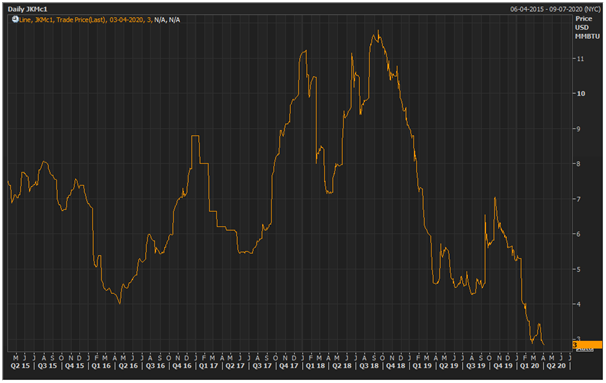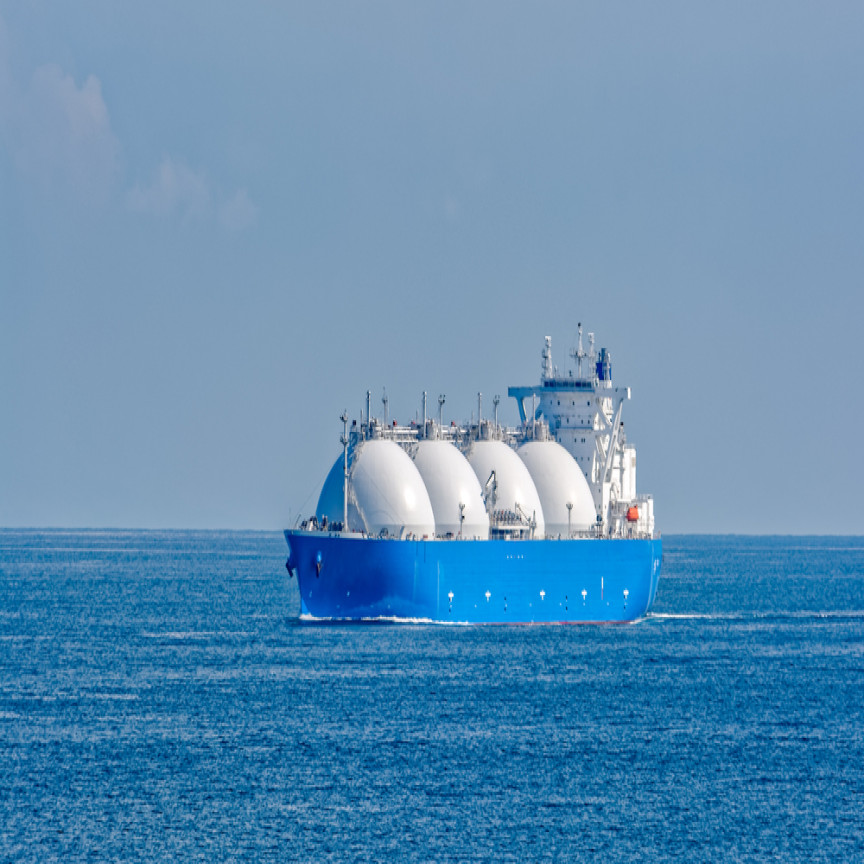In unprecedented times such as the current ones, rising uncertainty in the form of coronavirus has hit the global markets. Until mid-February 2020, coronavirus outbreak had affected China majorly, reducing demand for oil & gas.
The oil & gas market has come out as the most appalling cropper, as it fell drastically due to the weakening of demand and oversupply situation. Meanwhile, the US intervention on the Saudi Arabia-Russia oil price war may provide some relief to the worst timed global drama.
In the recent week,several Asian economies experienced a reduction in demand for oil & gas products due to travel ban and quarantine situations. Let us gauge through the various eventsthat have been affecting global LNG prices and the responses by major LNG producers amid these tough times.
Decline in Demand from the Price Setter: Asia
The Asian spot LNG (Liquified Natural Gas) plunged to record low levels in response to the decreased industrial activity mostly from the countries with restricted people activity, further hitting the demand for LNG products adversely and creating a supply glut scenario.
End of the winter season has also decreased the demand, taking away the little demand that LNG players had received from the largest LNG markets of Japan and China. The larger Asian countries such as India have been on quarantine for more than a week now, and with newer nations such as Thailand, the regional demand would be further hit hard.
Quarantine, as of now, seems to be a prolonged solution to the problem, thus it is difficult to make any assessment regarding when the quarantine measures in these countries will be lifted. India’s neighbour Sri Lanka is also on a nationwide curfew, ceasing all industrial operations.
The JKMTM LNG Marker indicates the Asian LNG trade prices for all major LNG markets of the region.The JKM 1-month future traded at US$2.845 per million British Thermal units, on 3 April 2020.

The Japan Korea LNG Marker (Platts) 1 Month Futures (JKMc1) (Source: Refinitiv Eikon)
It is to be noted that JKM 1-month futures have decreased over 43% since the beginning of the year and are trading at even lesser than the quarter of their prices less than 2 years ago.
LNG Market Overview & Force Majeure by Chinese Player: Read Here
India Invokes Force Majeure on LNG Contracts
Indian LNG importers issued force majeure notices to their suppliers in late-March 2020, as domestic gas demand declined. In India, one of Asia’s economic forces, the incumbent government in the country, led by Mr Narendra Modi ordered a country-wide lockdown from 25th March 2020.
The quarantine measures aim to restrict the movement of 1.3 billion residents and therefore minimise the risks of an outbreak in the country.As only essential operations are allowed, port operations have been ceased. The words in the street are that the 3-week-long quarantine could be extended further to limit the outbreak. The quarantine seems to be effectively working for now but has surely hit the demand for LNG, putting additional pressure on the LNG market.
Multiple LNG tankers have now become floating storages around the Indian ports ever since the country underwent the quarantine.
China Reopening to Soak in the Extra LNG Output
China, the motherland of the COVID-19 outbreak, is now gaining momentum. The country has now resumed activities at over 90% of the markets and malls. Most of the industrial plants have now commenced production and plan to reach the full capacity soon. As the activities in China rail back to normal, an increase in power demand for the rest of the year is being anticipated. If this happens, the oversupply situation could be eased up with the excess supply being soaked up by China.It looks like worst days for the commodity are overand this may result in a surge in price in the coming months.
Now, that we know the events plaguing the LNG markets, it is necessary to go through the responses from major LNG producers from our homeland, Australia.
Santos: Disciplined approach to lead through the headwinds
As the LNG markets dwindle, the LNG projects across the world have been impacted. Santos Ltd (ASX:STO) has cut down its 2020 budget and postponed FID (final investment decision) on the offshore Barogassa project. The Barogassa gas field would supply feed to the Darwin LNG plant, where the current feed asset is expected to be depleted in 2022.
Amidst the coronavirus outbreak, Santos announced a discipline and efficient strategy for a low-cost and steadfast performance during the year. The Company announced the following measures-
- Reduction in capital expenditure for 2020 by 38% to $550 million
- Reduction in cash production costs for 2020 by $50 million
Santos anticipatesearning~35% of revenues from its existing fixed-price gas sales contracts, which include the new 12-year domestic gas contract in Western Australia for 120 TJ/d at fixed US$ denominated pricing. The recent weakening of Australian dollar against the US$ would further benefit the LNG producer during the year.
STO was trading at $4.270 a share on 6 April 2020 (AEST 02:51 PM) with a market capitalisation of $8.31 billion.
Double whammy for ASX LNG Stocks: Must Read
Production guidance remains unchangedfor WPL
Woodside Petroleum Limited (ASX:WPL), the largest Australian natural gas producer, controlling over 6% of the global LNG supply, has responded to the oversupply situation and uncertain global investment environment.
The responses from WPL included-
- Execution of plans to minimise the risk of transmission to employees and local communities
- An approximate 50% reduction in the forecast total expenditure with modifications to the Woodside 2020 work plan
- Postponement of proposed final investment decisions for Pluto Train 2, Scarboroug and Browse
- An assessment of all non-committed activities resulting in a 60% reduction in 2020 guided investment expenditure
- No barrier to project developments at Sangomar field (phase 1), Pyxis Hub and Julimar-Brunello Phase 2
- No cuts on the production guidance of 97 – 103 MMboe.
WPL was trading at $20.580 a share on 6 April 2020 (AEST 02:59 PM), inching upward by 4.467% from its previous closing price, with a market capitalisation of $18.8 billion.
Do Read:Cost-Cutting, Cash Preservation, Revenue Hedge- New Drilling Tools of Woodside and Senex
Resurgence of global activities is expected to lead to a “V shaped” recovery in the LNG demand and thus, reflect in the commodity pricing.



